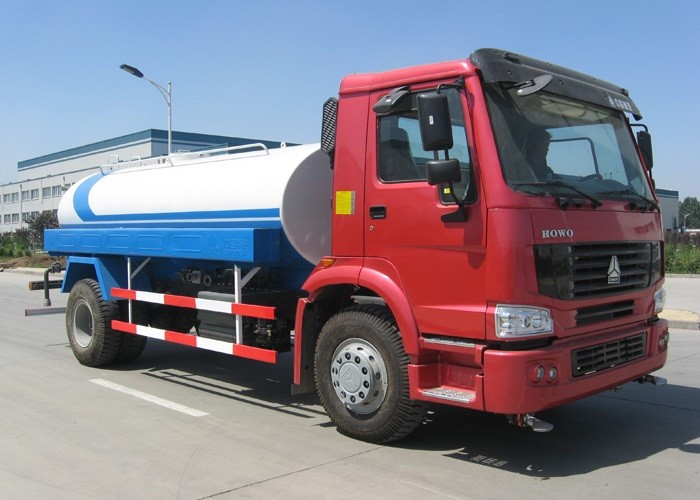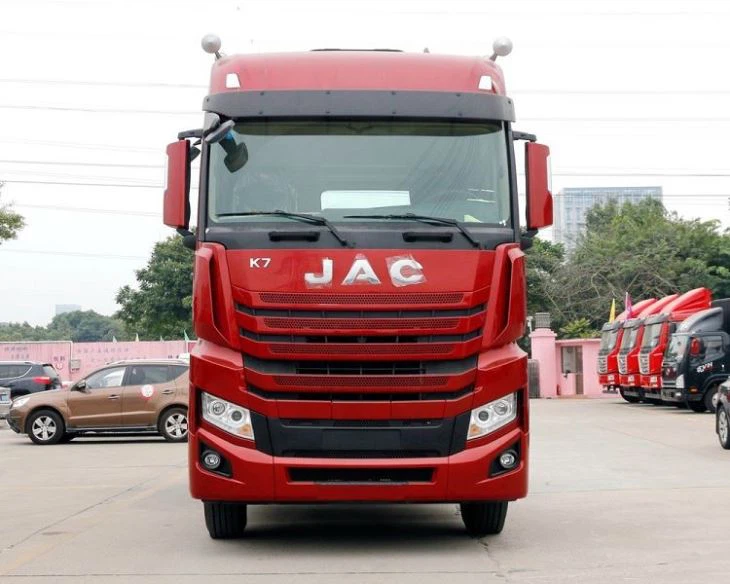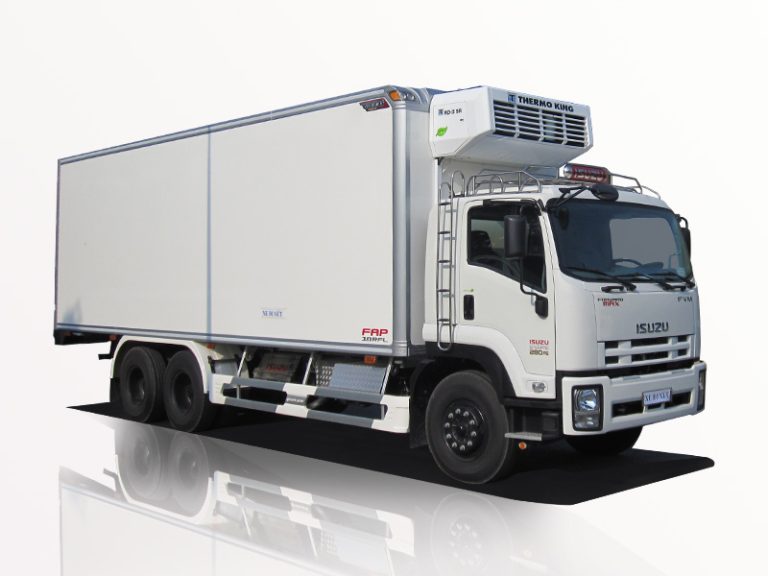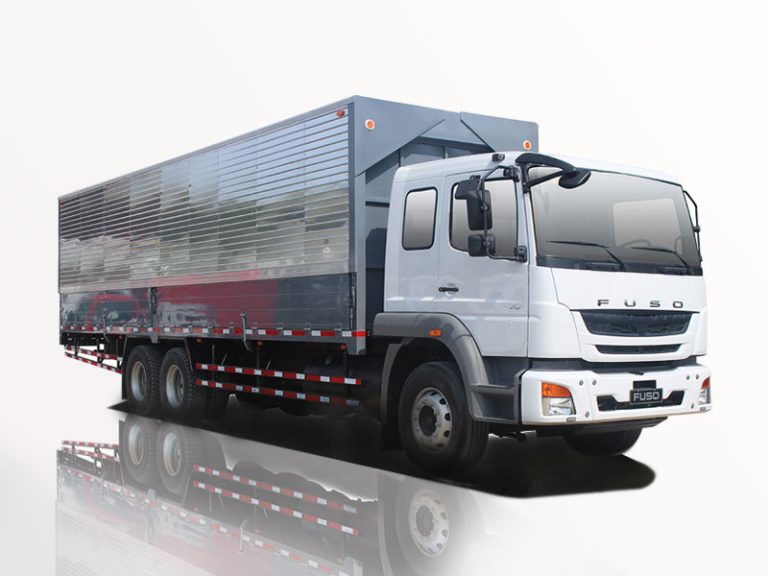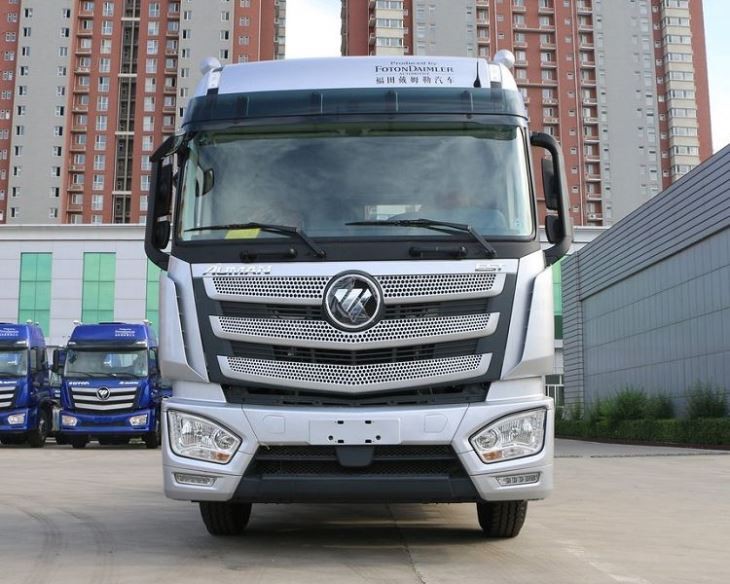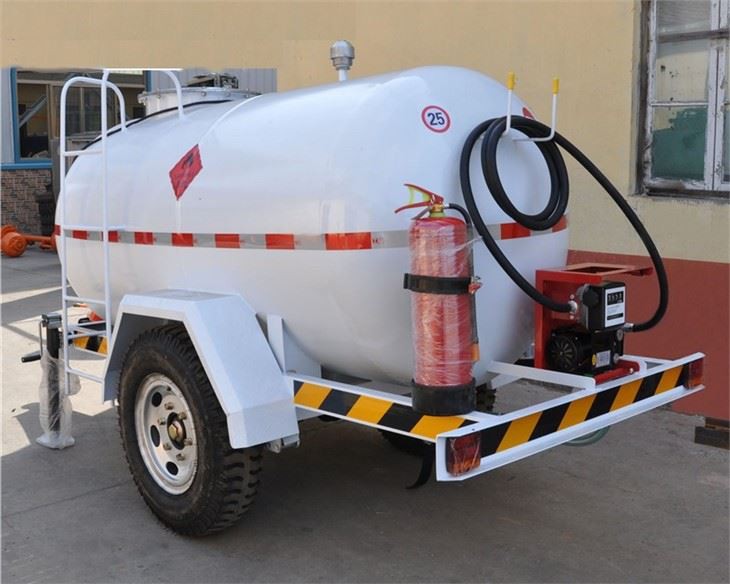Garbage truck clearance refers to the minimum vertical space required for garbage trucks to operate effectively and safely in various environments. This article aims to provide a thorough understanding of garbage truck clearance, its importance, factors affecting it, and practical recommendations for communities and businesses.
Table of Contents
- Introduction
- What Is Garbage Truck Clearance?
- Importance of Garbage Truck Clearance
- Factors Affecting Garbage Truck Clearance
- Standard Clearances for Garbage Trucks
- How to Measure Clearance
- Practical Tips for Improving Clearance
- Garbage Truck Design Considerations
- Case Studies
- Frequently Asked Questions
Introduction
Every community relies on effective waste management, and garbage trucks play a crucial role in keeping cities clean and orderly. Understanding garbage truck clearance is essential not just for waste management professionals but also for everyday citizens, businesses, and urban planners. The right clearance ensures that garbage trucks can access all necessary routes without causing damage or disruptions. This article covers everything from what garbage truck clearance is to practical tips for ensuring safe operational conditions.
What Is Garbage Truck Clearance?
Garbage truck clearance is defined as the minimum height and width that a garbage truck requires to navigate through streets, alleys, and other areas safely. Clearance can vary depending on several factors, including the design of the truck, the type of waste being collected, and the geographical area of operation.
Types of Garbage Trucks
Garbage trucks come in various designs and sizes, including:
- Rear-loader trucks: Common in residential areas, designed for compact collection.
- Front-loader trucks: Typically used for commercial waste, these trucks lift containers from the front.
- Side-loader trucks: These trucks can navigate through narrow streets and are ideal for urban areas.
Importance of Garbage Truck Clearance
Understanding and maintaining proper garbage truck clearance is vital for several reasons:
1. Safety
adequate clearance reduces the likelihood of accidents. Collisions with low overhangs, such as awnings or tree branches, can cause injury to workers and damage to property.
2. Efficiency
Proper clearance speeds up waste collection, allowing garbage trucks to complete their routes without delays caused by obstacles.
3. Cost Savings
By reducing the risk of accidents and damages, communities save on repair costs and insurance premiums.
Factors Affecting Garbage Truck Clearance
Several key factors can influence the required clearance for garbage trucks:
1. Local Regulations
Different municipalities have varying laws regarding road designs and height restrictions.
2. Geography
Hilly or mountainous areas may have specific clearance needs due to elevation changes and road configurations.
3. Urban vs. Rural Settings
Garbage trucks operating in urban environments may require more careful planning for clearance due to buildings and narrow streets compared to rural areas.
4. Height and Design of Garbage Trucks
The design of the garbage truck itself plays a significant role—taller models will require more clearance, especially when lifting containers.
5. Seasonal Factors
Snow accumulation or fallen branches during storms can temporarily change the clearance conditions on roads.
Standard Clearances for Garbage Trucks
While clearance requirements can vary, a few standard measurements are generally accepted across the industry:
| Type of Clearance | Minimum Requirement |
|---|---|
| Vertical Clearance | 13.5 feet (approx. 4.1 meters) |
| Side Clearance | 3-5 feet (approx. 1-1.5 meters) |
| Turning Radius | At least 50 feet (approx. 15.2 meters) |
How to Measure Clearance
Measuring clearance is important for ensuring that garbage trucks can navigate without obstruction. Here are steps to measure clearance effectively:
Step 1: Identify Key Locations
Map out areas where garbage trucks frequently operate and note any low-hanging obstacles like trees or awnings.
Step 2: Use Measurement Tools
Utilize measuring tapes, laser measurement tools, or clearance gauges to determine the height of clearances.
Step 3: Document Findings
Keep track of all measurements and any changes over time, especially after weather events.
Practical Tips for Improving Clearance
Implementing strategies to improve garbage truck clearance can enhance efficiency and safety:
1. Regular Maintenance Checks
Conduct routine inspections of routes to identify and address potential clearance issues.
2. Community Awareness Programs
Educate residents and business owners about the significance of maintaining clear routes, especially in high-traffic areas.
3. Landscaping Adjustments
Encourage trimming of trees and shrubs along garbage truck routes to maintain clearance.
4. Signage
Install clearance warning signs in areas with known height restrictions.
Garbage Truck Design Considerations
Designing garbage trucks with clearance in mind can result in better operational capabilities:
1. Optimal Height
Design trucks to fit within standard clearance requirements while maximizing capacity.
2. Maneuverability
Incorporate features that enhance maneuverability in tight spaces, especially for urban settings.
3. Technology Integration
Include sensors to detect clearance issues and alerts for drivers to avoid low obstacles.
Case Studies
Case Study 1: Urban Area Enhancements
In a large metropolitan area, an initiative was launched to lower tree branches along garbage truck routes. By conducting extensive clearance assessments, the city was able to reduce incidents of damaged trucks by 40% within the first year.
Case Study 2: Community Engagement
A suburban community developed a program encouraging residents to report any clearance hazards, leading to timely interventions and improved garbage collection efficiency.
Frequently Asked Questions
1. What is the minimum clearance height for garbage trucks?
The standard minimum clearance height for garbage trucks is approximately 13.5 feet (4.1 meters).
2. How can communities maintain proper clearance?
Regular maintenance checks, community awareness programs, and landscaping adjustments can help maintain proper clearance.
3. Do garbage trucks have different clearance requirements based on design?
Yes, different types of garbage trucks (such as rear, front, and side-loaders) may have varying clearance requirements.
4. What should businesses do if their parking areas have low clearance?
Businesses can consider redesigning their access points or installing clear signage to alert drivers of potential clearance issues.
5. Are there technology solutions to help monitor clearance?
Yes, integrating sensors and cameras into garbage trucks can provide real-time monitoring of clearance issues.
6. How often should clearance assessments take place?
Clearance assessments should ideally be conducted semi-annually or after severe weather events to ensure routes remain safe.
